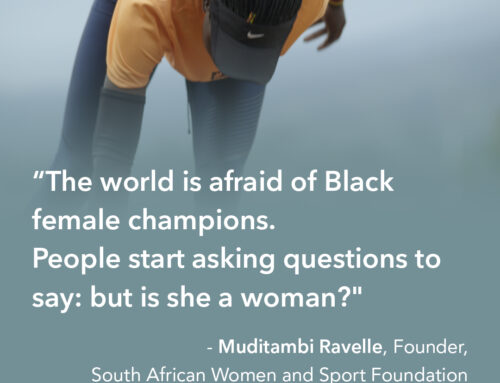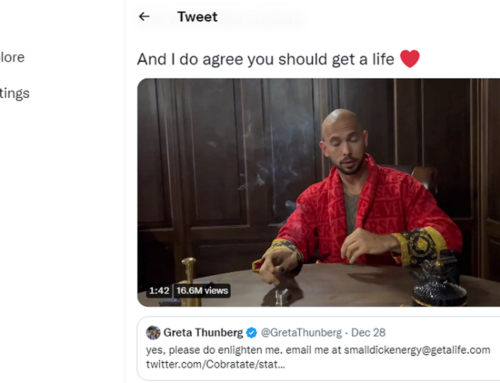
Last week’s Associated Press story featuring intersex activist Pidgeon Pagonis, Lurie Children’s Hospital of Chicago, and discussion of M.C. v. Medical University of South Carolina is a strong example of a disquieting trend of wishful thinking – or excessive optimism – in recent press coverage of intersex issues.
Journalists, being human, are vulnerable to – “report events more favorably because that is what they would like the outcome to be” or – optimism bias. Unfortunately, this “tendency toward the rosy” has a long history in intersex reportage beginning with that fateful day in 1973 when John Money chose to champion his hypothesis rather than confess his failure.
Articles like the one we saw last week typically begin with the soul-baring personal story of someone born with intersex traits. It moves on to casual conflation of the terms ‘sex’ and ‘gender,’ a dubious quote from a careful surgeon, and a selectively inaccurate representation of present-day intersex treatment protocols. This formula – paired with the inference that every intersex birth in the U.S. is met with a multidisciplinary team of fair-minded specialists – can lead a casual reader to believe children are no longer arbitrarily sterilized, mutilated, or deceived. It’s remarkable how quickly an ideal gets marked as reality.
Few people would disagree with the statement:
Chronic hunger impairs a child’s ability to learn.
Most published conclusions on the subject of poverty and education would probably recommend families not be poor. They may even recommend public schools offer free breakfast to impoverished students each morning. However, a handful of schools initiating a meal program in California is not a solution to child hunger – but, damn, it sounds good.
Regrettably, a significant number of clinicians remain devoted to the “surgery-focused policy” supposedly retired by the American Academy of Pediatrics in 2006. Contrast this with the fact that nearly every paper published by these devotees acknowledges – we do not know WHAT we are doing but hold on, we also have no evidence to support WHY we are doing it, but we continue to do it, and c’mon we’ve been doing it this way for like SIX DECADES, at least let us explain how we do it – and the casual reader can’t be blamed for wondering what might motivate a parent to quietly sign their child up for experimental amputation.
Shame.
It’s not news.
Secrecy’s motive is shame, and shame (in these cases) is learned from authority unquestioned.

Sure, intersex issues are complex – it’s the rare media outlet that covers them with the accuracy and quality they deserve – but we have seen it done. Even in 1994.
The days of trading quality for empty visibility are behind many social justice movements. Most advocates working in reproductive rights, children’s rights, disability rights, women’s rights, and LGBT rights (to a name a few) understand how the aims of the intersex liberation movement intersect with theirs. Indeed, our collective liberation means the least we can accept is being seen, heard, and understood at a basic human level.
We have watched intersex activists and parents, allies and loved ones express themselves with bravery and candor on screen and in print. We watched as they were met with defensive statements from surgeons confirming, at a minimum, that they have regrets they can’t yet own.
We must urge clinicians to step forward – before they retire – to state unequivocally:
“What we did to intersex children and their families in the past was wrong. What we are doing to intersex children and their families today is wrong. We have not followed up with our patients to ask them if what we did was ok and until we do so – comprehensively and profession-wide – we are practicing blind.”
Public intersex activists volunteer their stories because they know the discomfort silence brings, and when a trusted journalist delivers manufactured comfort and false assurance for their readership then an opportunity is lost – and once again we are saddled with the choices of others.
– Jim Ambrose is a public advocate for an intersex person’s right to self-determination. He serves as curator for The Interface Project and can be reached at jim@interfaceproject.org.






